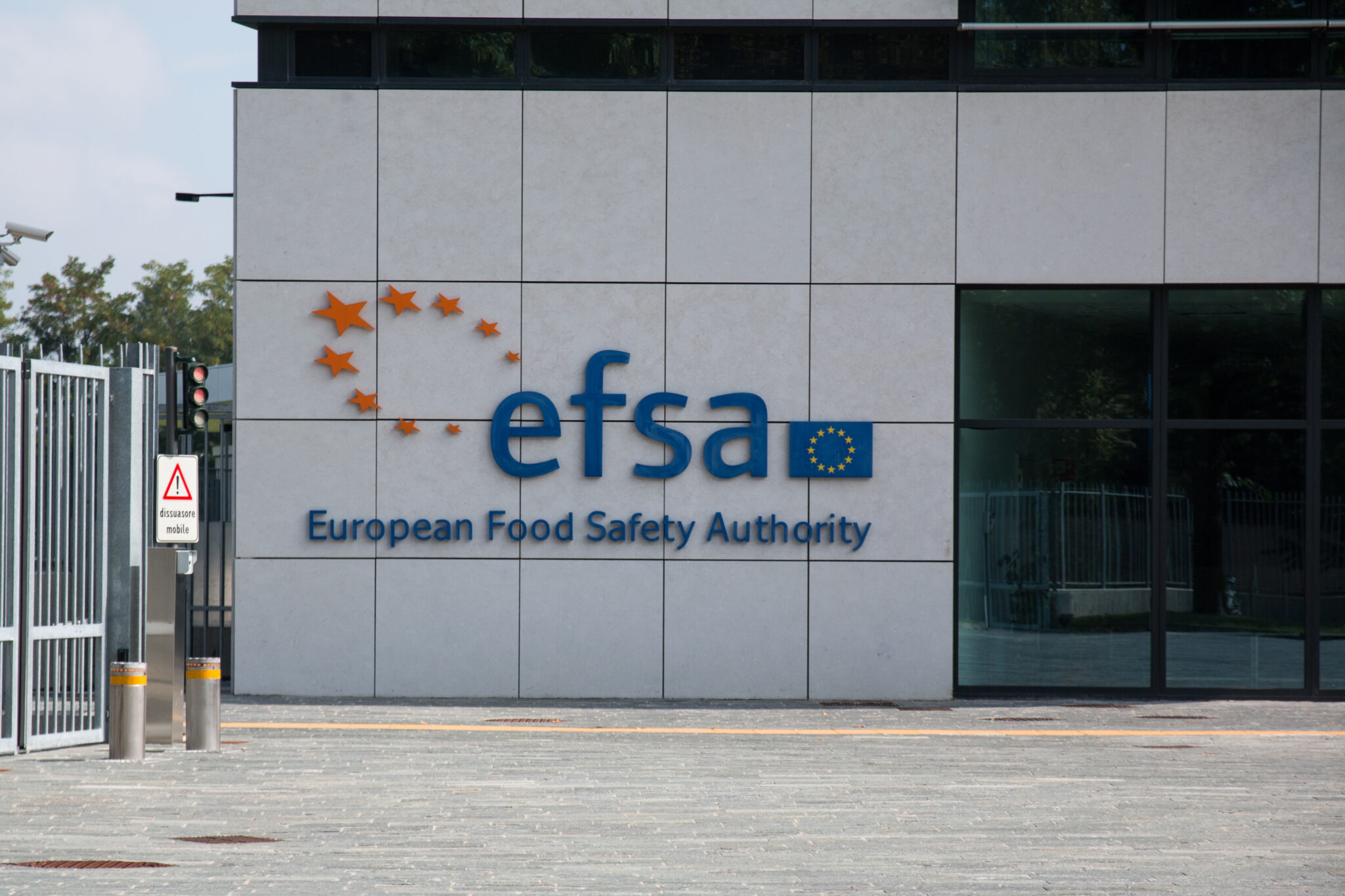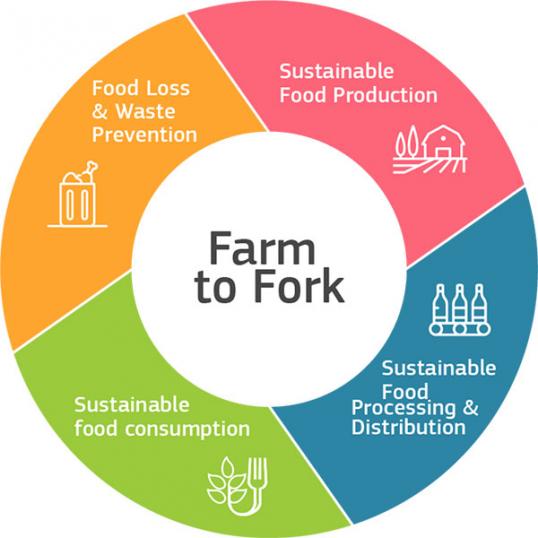By Kim Bui
Introduction
The world is changing. We are rethinking our relationships with the animals we share our planet with and the importance of animal welfare in 2022.
From wild animals to laboratory animals, the world has become aware of the problems these animals face. We are on a mission to change the system and at the forefront of this mission is the European Union.
In the last 50 years, the European Union has implemented new legislation to promote healthy environmental practices. According to the European Court of Auditors, “the EU has some of the world’s highest regulatory standards on animal welfare.” The European Union is aware of the negative effects caused by the harmful treatment of animals throughout all industries. Since then, they have taken the necessary steps toward changing their practices.
The quality of life that we subject animals to directly correlates to the quality of meat and products they produce, the environment, and the ecosystem. Through joint efforts by legislation, grassroots organizations, campaigns, and strategies the EU strives for a healthy and humane practice that gives all animals a good quality of life from birth till death and thereafter.
History of Animal Welfare
After the end of the second world war, Europe faced a food crisis throughout the continent. Grain shortages were rampant, everyday food prices tripled, and several countries like the Netherlands and Germany faced atrocious famines.
To combat the food crisis, Europe had to modernize its agricultural system by creating a faster and more affordable system. The modernization of agriculture meant that this new production method was largely unregulated. Animals, managed by humans, faced maltreatment, pain, and suffering throughout their care. The maltreatment of animals led to food-borne diseases such as Salmonella, Campylobacter, and E.coli. It wasn’t until 1974 that the European Union implemented its first-ever legislation concerning the slaughter of animals.
The 1974 legislation, now known as Article 13 of the Treaty on the Functioning of the European Union, declared that all animals are sentient beings. As a result, we must “pay full regard to the welfare requirements of animals while respecting the legislative or administrative provisions.”
This ground-breaking article changed the farming and research community. It also ensured that practices needed to be in place to reduce the suffering of animals and improve their welfare. Since 1974, there has been a gradual increase in legislation throughout the EU. These legislations protect the rights of animals in many different forms.
For example, two years after the creation of the 1974 legislation, the European Convention for the Protection of Animals Kept for Farming Purposes was passed. This legislation focused only on farmed animals and laid out the guidelines for how to raise an animal. In 1998, the EU passed the Council Directive 98/58/EC that defined the general care and killing of animals. In 2002 the EU created European Food Safety Authority and in 2006 the EU held the first-ever Conference of Animal Welfare in Brussels.

How Has the EU Improved the Welfare of Animals?
After the high levels of activism throughout the EU, citizens have been working alongside politicians to change the status quo. In large industries like textile and food production, it is mandatory to watch and regulate the welfare of animals. But how does the EU implement these rules?
The Welfare of Animal Farming
The EU recognizes that the quality of life given to an animal impacts the quality of the food they produce, the products they contribute to, and the health of its consumers. Legislations that are in place create a baseline that ensures the basic well-being of all animals is honored and protected. This baseline includes the following:
On the farm, farmers perform daily inspections of animals held in barns or other enclosures. This also includes inspections of their living conditions to maintain the health of the animals. Farmers must address any health issues as soon as possible and treat illnesses or ailments accordingly.
When managing animals, there must be an appropriate number of staff. The habitat requirements of each animal are based on the animal type, size, breed, age, and any other relevant factors. Provided to the animals is enough food and water to sustain them and allow for healthy growing conditions.
While there are laws in place to protect the quality of each animal’s life, this is only the minimum requirement. Many farmers throughout the EU care for and nurture their animals in a way that exceeds legislative requirements.
The Welfare of Animal Transport
Transported throughout the EU daily are hundreds to thousands of animals. In response, the EU has come up with legislation that ensures the best practices for international and domestic animal transport.
For regulations, drivers transporting animals, no matter the kind of animal, must have a certificate of competence. The certificate verifies that the driver has gone through the training and education to transport the livestock without risking the welfare of the animals. All workers involved in the before, during, and after process of transporting animals are liable for unsatisfactory conditions. Satisfactory conditions include an appropriate-sized and sanitized travel enclosure, access to drinkers, appropriate temperature control, and satellite navigation systems installed to track travel and resting times.
In addition to regulations surrounding the caravan and driver, transported animals must also meet the appropriate standards to be transported. Animals must meet a fitness threshold.
Drivers cannot transport animals who are sick and injured for economic purposes. Mandated is sufficient rest throughout the trip for animals traveling over 8 hours. And fertil chicken eggs are transported as fertilized eggs and then hatched at the destination.
End the Cage Age
The End the Cage Age organization began with an investigation into 16 farms in 4 different countries throughout the EU. Specifically looking at the lives of sows (adult female pigs) on the farms, what the End the Cage Age organization found was the large mistreatment of the sows.
Of all the farms they visited, they found that every farm kept its sows in cages. The sows spent half their adult life in spaces that were too small for them to take a step backward. Farmers treated the sows as reproduction machines. Inducing painful injuries, the sows developed abnormal behaviours, and lived in filthy conditions that were unnecessary.
Since their investigation in 2018, the End the Cage Age movement began its mission. Their mission was to end the use of cages on all farms with all animals.
This past year, End the Cage achieved their mission on June 30, 2021. The European Commission agreed to the demands set forth by the organization proving a monumental milestone in the animal welfare agenda. In addition to grass-roots organizations like End the Cage Age, there are also larger organizations working towards the same goal.
Farm-to-Fork
The European Commission has implemented The European Green Deal that focuses on optimizing the quality of life for future generations. Its main goal is to stop greenhouse gas emissions by 2050 and create a stable and sustainable relationship with the planet.
To achieve this goal, the European Commission has determined that sustainable food is the answer. Thus, at the heart of the European Green Deal is the Farm to Fork strategy.
The Farm to Fork strategy is a 10-year strategy that aims to address the problems humans face in consuming and producing food in a sustainable manner. The strategy forces members of the EU to rethink the food value chain. The strategy also asks us how we can make agriculture more sustainable on the continent.
The answer to this question, the EU argues, lies in four key areas: consumers, food production, industry behaviour, and international relations.

Consumers are the active bodies needed to drive the change towards sustainability. Thus, the Commission plans on implementing a labeling system on food products. By doing so, it communicates the importance of consumers choosing that specific product as a health and sustainability-conscious choice.
In addition to consumers making sustainable choices, the Commission also plans to change the way food is being produced as well. The Commission aims to completely remove CO2 emissions created through farming by using technological innovations like:
- Adding solar panels on farmhouses and barns.
- Investing in anaerobic digesters that reduce methane emissions from livestock.
- Reducing chemical pesticides in agriculture.
Overall, farmers are expected to be promoters of sustainability within the supply chains.
The third area of the Farm to Fork strategy focuses on the industry’s behaviour. Industry behaviour is the way foodservice operators and retailers shape the market and influence consumers’ dietary choices. The Commission will set out a code of conduct guiding the food industry in incorporating sustainable strategies throughout its business and marketing.
While the Commission has created a robust plan to transition the entire EU towards a more sustainable food system, they also understand that they cannot achieve the mission alone. The supply chain incorporates different parts of the world. To fully pursue the Farm to Fork strategy, the Commission requires the cooperation of international countries as well.
Animal Farming in the Leather Industry
The leather industry deals with a lot of animals and, as a result, their animal practices are commonly misunderstood.
While the misunderstanding is understandable, it does not reflect how the EU addresses animal welfare in the leather industry.
The EU plays the largest role in the world’s leather industry. This is the biggest reason why their animal welfare regulations are so important. They know the necessary laws to put in place to grow a healthy and environmental-friendly union for the animals. Not only is animal farming in the leather industry well regulated, but there are also guidelines they follow to ensure quality products.
Most, if not all, of the leather used by the tanning industry, are by-products from the meat and dairy industry. These by-products would have otherwise ended up in landfills or incinerated. There are also certifications in place for the chemicals, machinery, and other materials used throughout the leather production process. This prevents the risk of exposing products and consumers to harmful practices even after an animal has been put down. An example of a European tannery that practices sustainable and ethical animal farming is the Tärnsjö tannery.
The Tärnsjö tannery is a Swedish manufacturer founded in 1873, producing some of the world’s finest leather. In 1988, the tannery switched from tanning their leather with chrome to the environmentally sustainable vegetable tanning. The tannery also only uses animal by-products to create their leather, reducing the waste that comes from the food industry. Concerning their certificates, the tannery holds the Organic 100. This certificate guarantees the final textile product is at least 95% to 100% organic fiber. They also hold the TUV Rheinland certificate. This certificate promises that the manufacturing of all their leather is done in a manner that allows for a safe interaction between man, technology, and the environment.
The EU leather industry is careful and mindful of its practices and actively fights to exclude harmful practices from the leather industry.
Conclusion
Animal welfare has been a public concern for a long time now. But the surprising truth about animal welfare in the EU is that the EU leads the international fight for animal rights.
The EU has spent the last few decades changing the age-old practices that involve animals. Now, they are now the global standard for animal welfare. They have been evaluating more ways to positively impact the environment while maintaining a strong leather industry. By enforcing animal welfare laws and addressing new issues, the European Union will change how the world views animal farming. In adjusting its practices to be more environmentally and sustainably friendly, the EU is paving a new road for large industries to thrive, and they are growing economies without harming the ecosystems.
